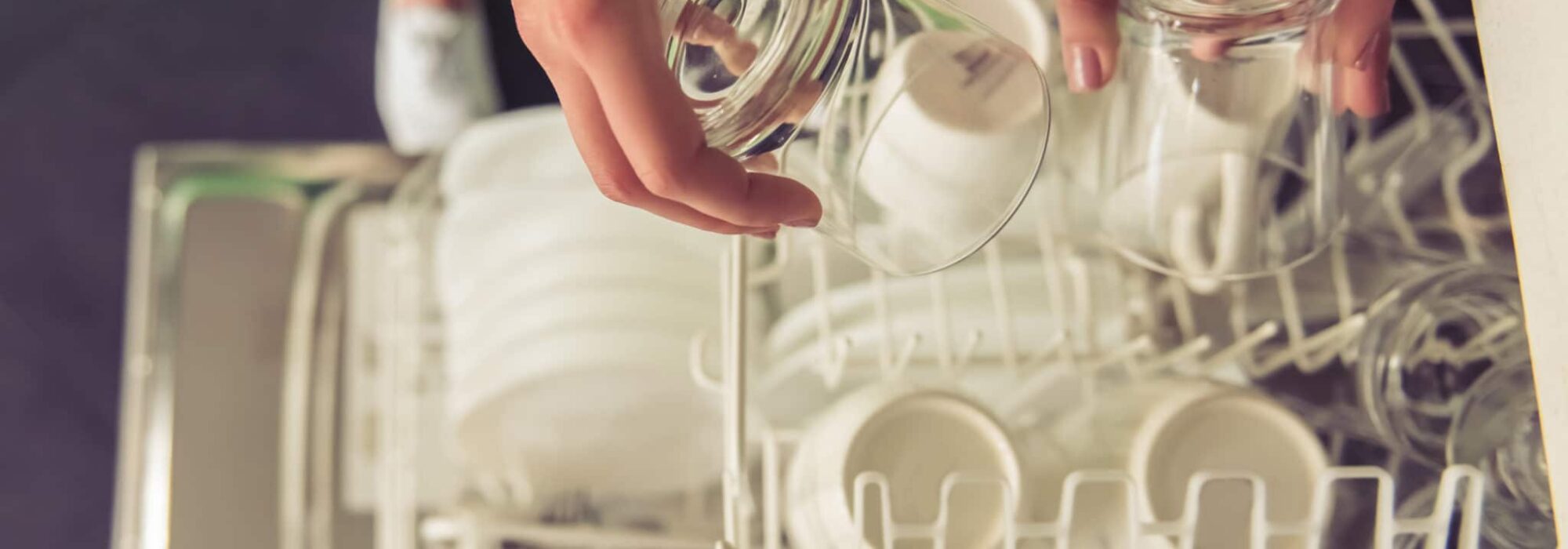
It’s often the little things in (hearing) life that matter
How promises of benefit are related to expectations of hearing impaired individuals and to the success in hearing aid adoption.
At some point around the year 2000, during the turn of the millennium, ground-breaking hearing aid revolution took place — the change from analog to digital signal processing.
From an engineer’s point of view, this innovation was a great success as digital technology allowed for unprecedented manipulation of sound signals. This led to the implementation of various signal processing schemes with the aim to improve the hearing abilities of those with hearing loss. Well known advantages are numerous – it enabled more precise fitting to an individual’s hearing threshold; facilitated speech perception in loud environments with competing background noise (via beam formers, noise reduction features); increased audibility of soft and high frequency sounds (via amplitude compression, frequency compression); and improved audibility of conversational partners during cell phone use (via the highly up-to-date direct connectivity of hearing aids to cell phones).
As an audiologist and a hearing aid user, I can attest that this change was a tremendous success for both hearing care professionals and, even more importantly, for those with hearing loss. But what is success in this context? …How can success be appropriately described so those who haven’t experienced the benefits have a taste? …How do we measure it?
Why is this relevant at all? Let me share a personal story…
I have a congenital profound hearing loss in both ears treated with hearing instruments. At those times, when digital hearing aids first came out, I was close to reaching the sensitive age of maturity. One day, I walked into my hearing care provider’s office and was handed a brochure that asserted “With our brand new hearing aids you will have normal hearing!”. As I read these words, I became highly excited, of course, as my dream had always been to hear like everyone else. I could not wait for this experience and immediately told my hearing care professional to fit me with these new devices.
A few days later, the eagerly awaited fitting session took place. After turning on the devices, it took me only a few seconds to realize that my idea of normal hearing was just a pipe dream that vanished like smoke. I quickly returned to the solid ground of reality…and it hurt. The hearing care professional was in a difficult situation, too, as he had to explain to me the discrepancy between promise and reality. He finally persuaded me to give the hearing instruments a trial in my daily life. I reluctantly took them with me but left the office with tears of disappointment rather than tears of joy.
To my surprise, after wearing the hearing aids for a few days, I heard sounds I never thought I would hear! I was suddenly experiencing loads of benefits. One of the most impressive experiences was that I could hear my own footsteps while walking. WOW! I did not know that this was possible. I suddenly realized how loud I was when walking through the house and when cleaning out the dishwasher — noises my family and friends were previously exposed to. Also, I could hear a car approaching which meant that I heard it before it was dangerously close. I learned to use sound to judge how far a car was and that it was coming closer — I was fascinated and excited by this new ability.
With later improvements of hearing aids I could also perceive different room acoustics (for example, that one room sounds more reverberant than others). I could hear the alarm clock on our oven…the typing on the keyboard…the birds chirping…the leaves rustling. Many little sounds that made my hearing life richer. These hearing perceptions definitely brought me closer to what normal hearing persons hear – a true benefit!
Coming back to the brochure that promised me ‘normal hearing’. If the text said something like: “With our brand new hearing aids you will be a step closer to normal hearing!”, my initial expectations would have been set differently, more realistic with a chance to be fulfilled. In other words, a promise which can turn into reality is what I call real success. Even small improvements in hearing abilities can have a huge impact on a hearing impaired person’s life. I believe it’s often the little things in hearing life that matter!
Today, in my current position as Claim Substantiation Manager, I know that an advertising message can be a promise of benefit (claim) asserting that the message is true. This promise can hugely impact the expectations of persons with hearing loss, and therefore should align with product performance to enable appropriate expectations. My past personal experience together with my professional education in audiology helps me to identify the appropriate level of evidence to scientifically substantiate what we promise regarding the performance of our hearing technologies from Phonak.
